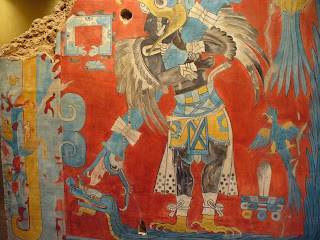

I can't believe that in just two days, my work will be hanging in a gallery for my senior show. Although it felt like an eternity while I was in school, it now seems to have all gone by so fast.
These past two semesters have been hard, to say the least. There were plenty of times where I hated my work and photography in general. Many times I wanted to give up, but I pushed through and am almost at the end.
The work I have done this year is some of my favorite work so far. I feel that my work looks like me. I can see myself, my thoughts, ideas, emotions, and history in my series. This work means a lot to me, not only because the subject matter is so important to me, but also because I have put so much time,thought, and energy into it.
I can see that I have come a long way from my first semester as a photography student. My work has progressed and become much more mature and unique to me. I can also see some similarities in my recent work as well. I tend to do my best work when using my family as a subject. I tend to be drawn to black and white photographs. I also seem to be more inspired and creative while using film, as opposed to digital.
I can't wait to see how everything comes together this Friday. Everyone has worked incredibly hard to make this show happen. I am hoping that it will be a complete success.
The two photographs above were chosen by the juror and will be shown at the Senior Show this Friday.



























